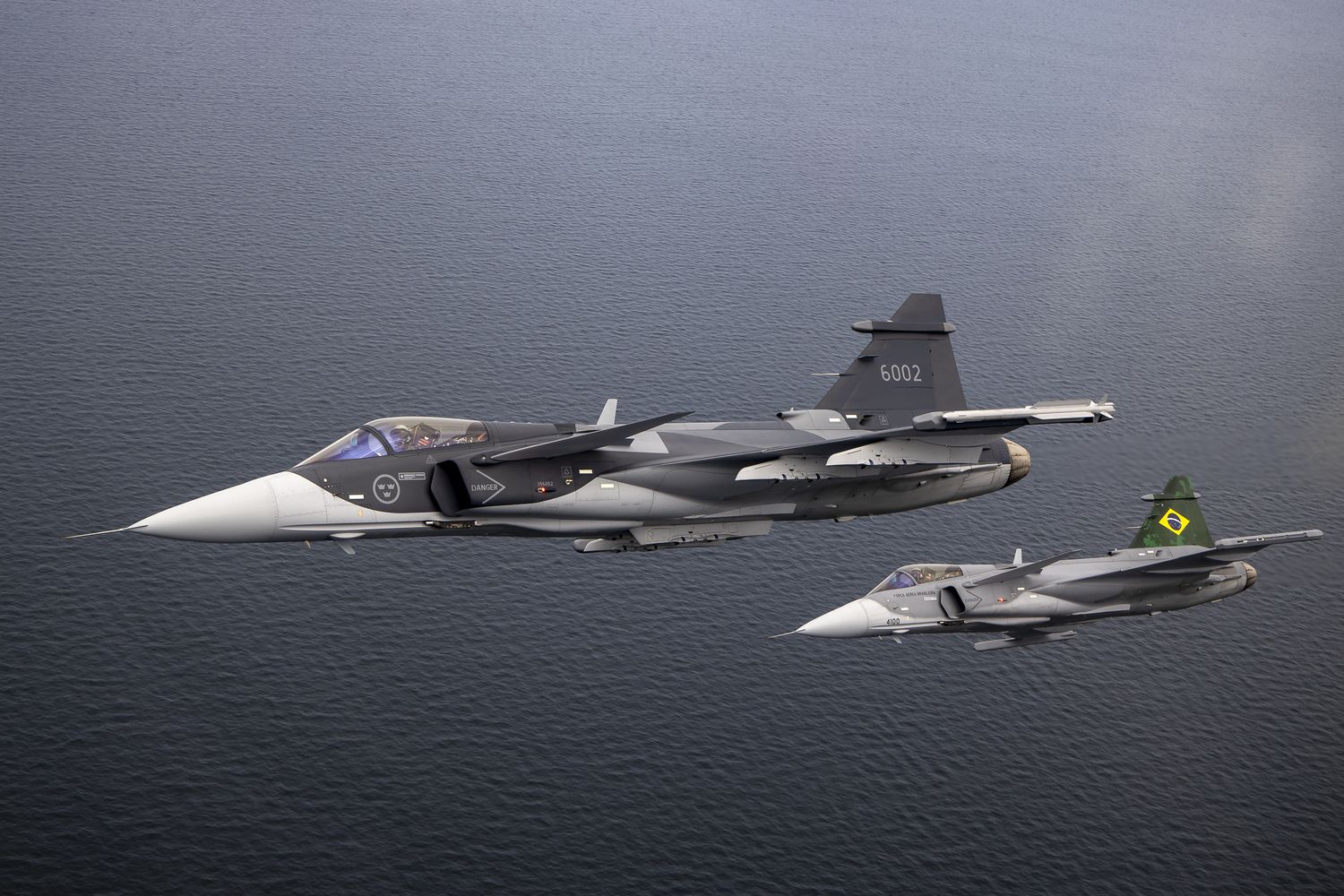Saab has received an order from the Swedish Defense Materiel Administration (FMV), concerning the development of future fighter aircraft. The contract includes studies on future combat air capabilities.
As reported in the company’s press release, the study is preparatory in nature and is intended to expand work on how future combat air capabilities can be developed and realized.
The value of the order is approximately SEK 250 million, something like $25.5 million.
“I am very pleased that we have received this order, which enables development of future capabilities. It means that we can intensify our work to develop new concepts, technologies, and other endeavours required to achieve relevant operational capability and which will prepare the future for Saab’s fighter technologies,” said Jonas Hjelm, Senior Vice President and head of Saab’s Aeronautics business area.
Gripen replacement could be the Tempest
As of 2019 Sweden (through Saab and GKN Aerospace Sweden) is part of the tri-national team that together with Italy and the United Kingdom, make up Team Tempest, which seeks to develop the next generation of air combat capabilities.
Within the program, new technologies are being studied that will be necessary to ensure air dominance in future conflicts, such as Artificial Intelligence, networked combat, unmanned aircraft, new sensors and stealth technologies, in addition to the sixth-generation fighter itself, which should begin to replace the Italian and British Eurofighter and the Swedish Gripen, starting in 2035.
See also: Italy interested in participating in the Japanese F-X program. What about Tempest?
Although today Sweden is part of this development team, we will have to wait for the results of the study to be carried out by Saab and by the Swedish Air Force itself to see if it will continue in the program as before.
One or two engines, a real doctrinal change for Sweden
The Swedish Air Force (Flygvapnet) has, for decades, been using fighter aircraft specifically designed to suit its particular defensive doctrine.
They are relatively small, single-engine, easy to maintain aircraft that can be deployed in the harsh conditions of the rough country roads of the Swedish interior, in the middle of winter, and far from the comforts of an air base. The Gripen is the ultimate expression of this school of Swedish fighter design.
If Sweden ends up incorporating the Tempest as it is now designed, and not a smaller aircraft developed by Saab but based on the technology obtained from this partnership, it would be the first time that the Flygvapnet has a high-performance twin-engine fighter in its ranks.
It would be a turning point in the history of the Swedish Air Force, and would signal the emergence of a significant doctrinal shift from an eminently defensive strategy to one based on penetration capability to project power and armed deterrence.



Comentarios
Para comentar, debés estar registrado
Por favor, iniciá sesión